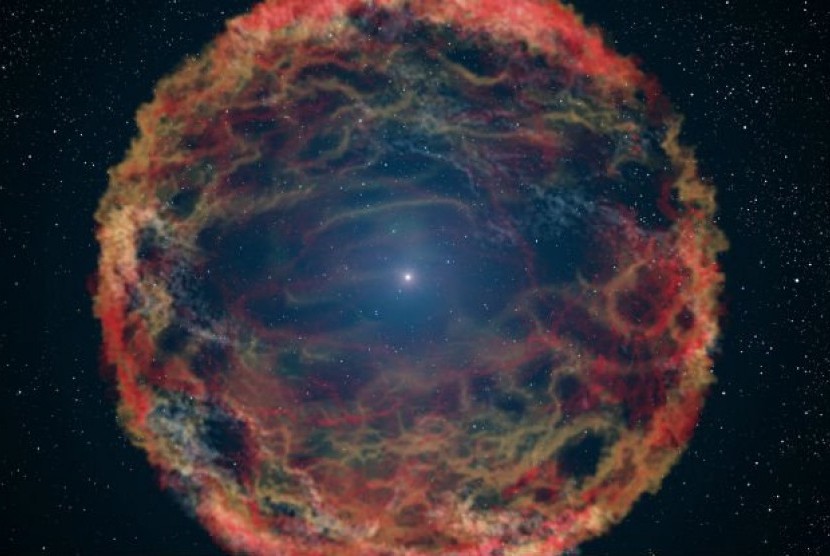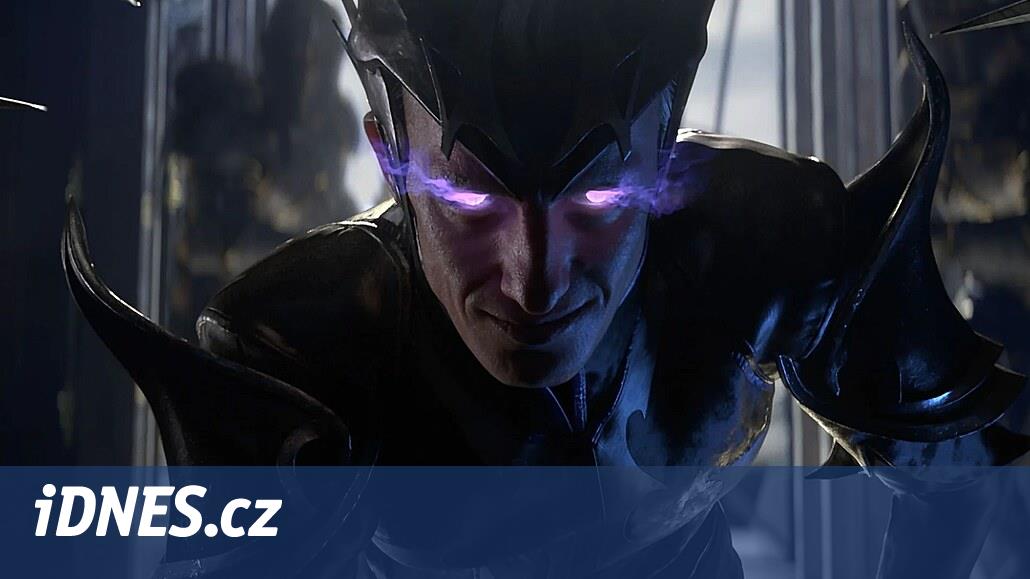Supernovae have been a mystery for thousands of years.
REPUBLIKA.CO.ID, MAUNA KEA — Researchers from the University of California, trying to follow up on the discovery of signs of the type of supernova new. They conducted research at the WM Keck Observatory, on Maunakea, to confirm the sighting.
The results of this study are expected to provide insight into the life and death of stars. The researchers who carried out the study also hope to verify the theory of four decades ago and the documentary supernova from a thousand years ago.
“One of the main questions in astronomy is comparing how stars evolve and how they die,” said Stefano Valenti, professor of physics and astronomy at the University of California. Hawaii.edu, Wednesday (30/6).
Valenti, who is listed as a researcher on the team, is known to have helped find the description and explanation of the 2018zd supernova (SN). The study, published in Nature Astronomy.
“There are a lot of links still missing, so it’s very interesting,” Valenti continued.
According to the research team, there are two main types of supernovae. One of them, is an iron core collapse supernova that occurs when a massive star (more than 10 times the mass of the Sun) runs out of fuel and its core collapses into a black hole or neutron star.
While the second type, is a thermonuclear supernova, which occurs when a white dwarf, the remnant of a star up to eight times the mass of the Sun explodes.
However, the two types of supernovae are predicted to increase to three by Ken’ichi Nomoto of the University of Tokyo. The prediction in the 80s was called an electron-capturing supernova.
The findings of the study, will also be able to shed light on the mysteries of supernovas a thousand years ago. In particular, which could be seen all over the world during the day.
It is said, in 1054 AD, a supernova called SN 1054 occurred in the Milky Way. According to Chinese and Japanese records, the supernova was so bright that it could be seen during the day for 23 days and at night for nearly two years.
The supernova matches the type three supernova candidate, as previously described by Japanese researcher Ken’Ichi. However, because of the events that have passed almost a thousand years, the explosion is still uncertain.
– .


